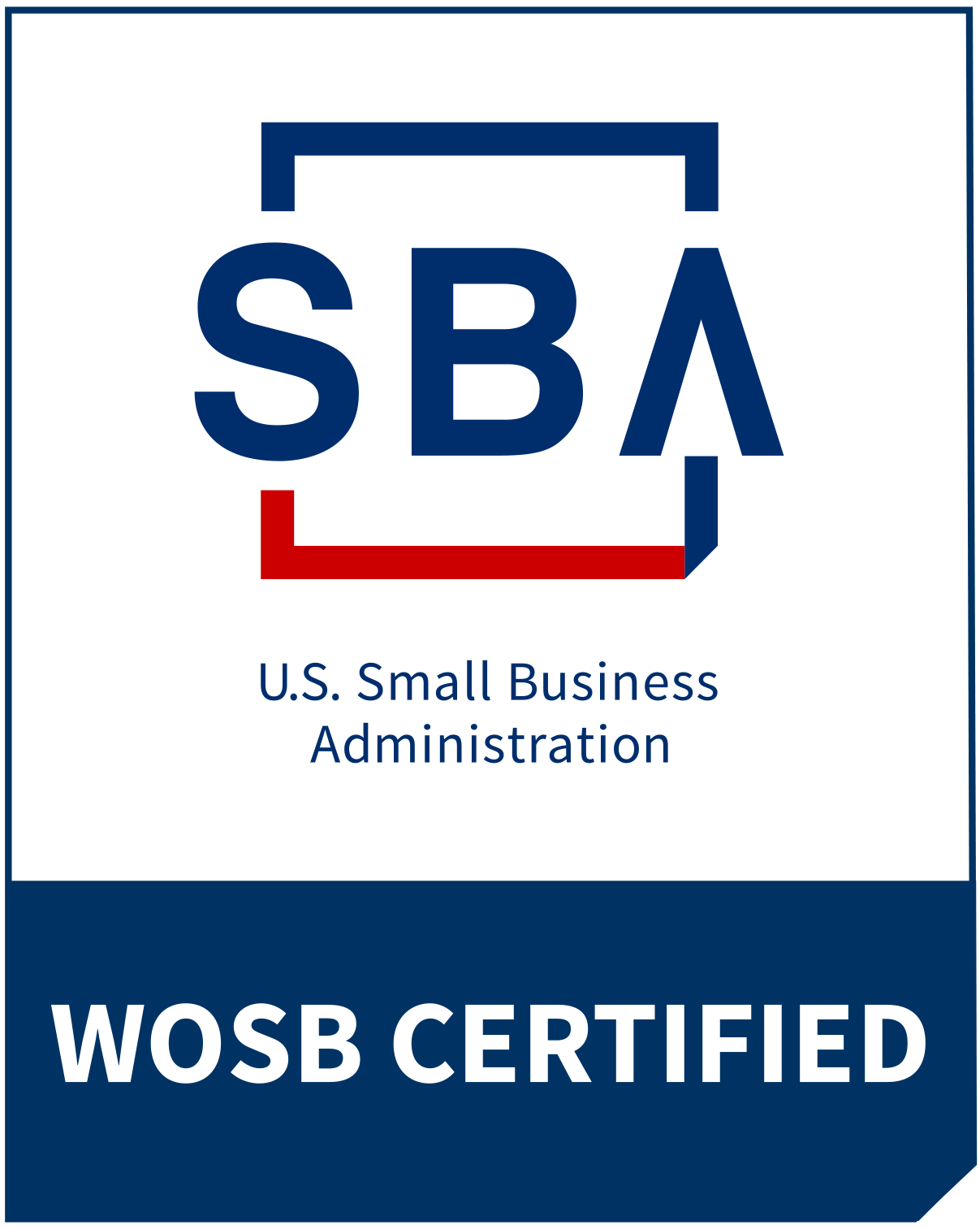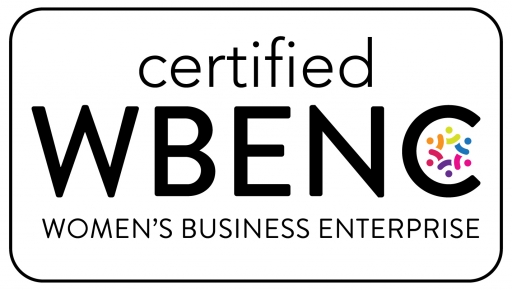We recently ran a new kind of innovation session with our partners at Tide’s Learning Lab: an MVP Lab. This heavily-modified approach to Google Venture’s Sprint methodology defines critical assumptions related to a new idea and builds an MVP prototype (a facade that’s just functional enough to convince participants it’s real) to test those assumptions in market with real consumers. And we did it all in the space of two days.
The session was wildly successful (more on that in a future post), and we gained several great insights not just on the new idea being tested, but on the MVP Lab process overall.
Here are five key lessons that we learned from our most recent MVP Lab:
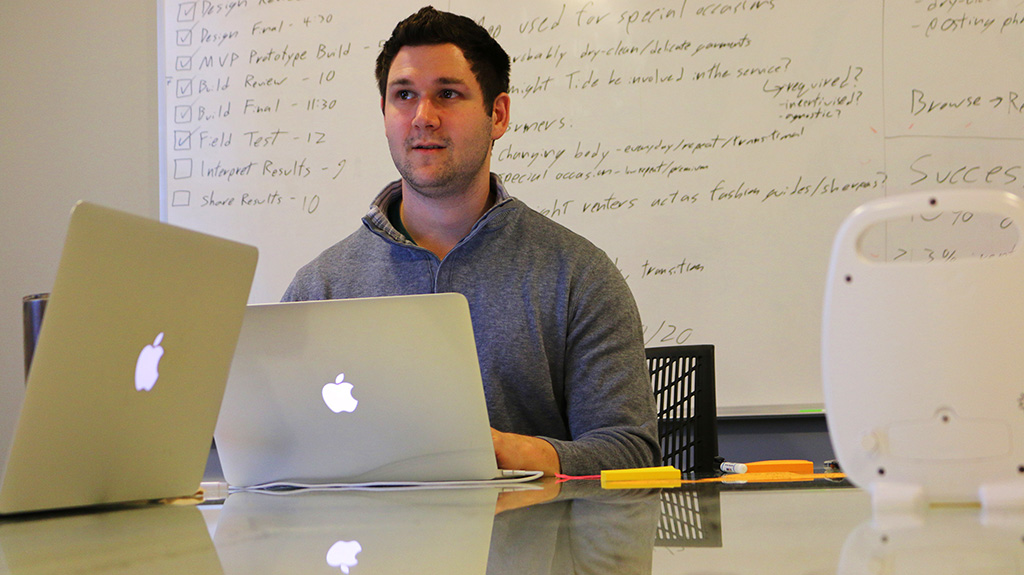
1. Use Fewer People–But Give Them More Hats
To be successful in such a small amount of time, each team member needs to be both an expert and a generalist. Each person must have strong expertise in a specific area relevant to the project (such as research design or web development), and know that they are responsible for leading the thinking and execution in that area. At the same time, each team member must be willing and able to take on two generalist roles: “Strategic Thinker” and “Grunt Work Doer.”
Unfortunately, traditional thinking usually causes people to disqualify themselves from one of those roles. You’ll hear people say say things like, “I’m just doing what I’m told” (translation: “I’m not a strategic thinker”), or, “I can’t get pulled into the weeds on this” (translation: I’m too important for grunt work”). The entrepreneurial mindset says it’s not just possible to take on both roles at once; it’s necessary.

2. Leverage Deadlines With A Consequence
Many times, when we set a deadline, we make sure to make a contingency plan in case it falls through–whether consciously or unconsciously–to ensure that there won’t be serious consequences. This thinking, however, has consequences of its own. First, the time and effort spent creating backup plans is time and effort that could be directed toward the main project. Second, the existence of a safety net subconsciously slows you down. During our MVP Lab, we found it effective to intentionally engineer “do or die” scenarios with hard deadlines.
For example, we set up one of our tools to start directing consumers to our prototype at 5:00pm, independent of whether or not the prototype was ready! This might sound like jumping the gun, but it gave the team a sense of urgency and focus that was essential to the project’s progress and success. Suddenly, we were acutely aware of not just the time cost of building a particular feature, but also the time cost of discussing whether or not we should build it. The deadline with a consequence pushed us past being hung up on perfection and forced us to focus on which pieces of the prototype were truly essential.
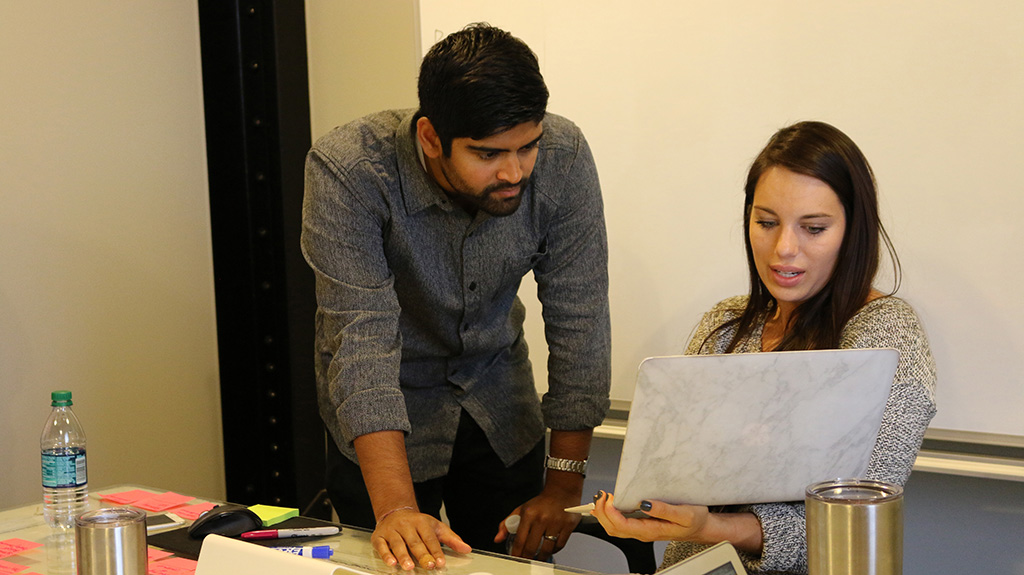
3. Build Shared Understanding
For the first two hours of our Lab (a quarter of our given time before the first prototype was scheduled to go live), we simply discussed the problem. This open conversation served equally to review background, align on objectives, map the consumer experience and brainstorm potential solutions–but its most important purpose was to create a shared understanding among the team. Every person absorbed the nuance behind our decisions, understanding what was set in stone and what was open to change.
If you watch entrepreneurs, they spend a good amount of time kicking around ideas with their team in this way. What seems at first glance like water cooler talk or idle theorizing is actually building a powerful shared understanding among the team. The result is that when crunch time hits, each team member is enabled to operate with equal amounts of confidence and flexibility.
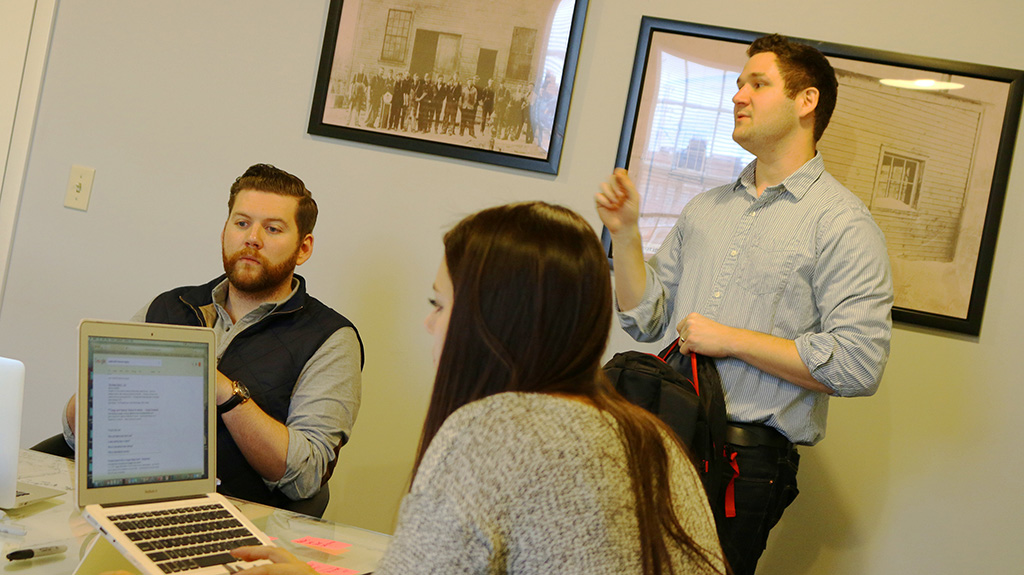
4. Ask for An Action, Not An Opinion
Possibly the least effective way to find out what someone will do is to ask them. Even with the best-designed survey, it’s impossible to escape the fact that humans are famously bad at predicting their own behavior. It is much more effective to put them in real (or real-looking) situations and watch what they actually do.
During our most recent MVP Lab, top-two-box claimed interest for the concept was 46%. According to our client, that number alone could have sparked months of work and hundreds of thousands of dollars of investment into infrastructure to support a very large initial base. When the same consumers were presented with the opportunity to sign up for the service they’d expressed such high interest in, only 8% actually followed through. That 8% was still above the threshold of success, but it led us toward a much lighter, more customized model than the 46% figure would have. If our client had relied on opinion instead of action, they could have ruined a good idea by creating a much heavier infrastructure than was actually needed.

5. Understand That This Happens With Or Without You
One of the biggest insights from our MVP Lab came from our client as we debriefed the day:
“It’s incredible how fast you guys were able to turn out something that looks so real,” he said.
“And that’s a warning for us: it only takes four people and three hours to start a new business that could disrupt a multi-billion dollar industry.”
This is the reality that all bigcos are faced with. Someone is creating these kinds of prototypes in your industry. It might be your main competitor, or it might be four kids in a dorm room, but someone is prototyping new business models and putting MVPs into the real world for consumers to react to. It’s almost an inevitability that one of these prototypes will gain traction and fundamentally disrupt your industry. When that happens, make sure the someone behind that prototype is you.
Want to learn more about this capability? See in-depth details about how we ran our MVP Lab in our case story.
The Garage Group helps corporate teams and brands innovate and grow like startups, including through smart, strategic sprints to validate hypotheses and assumptions, faster.
